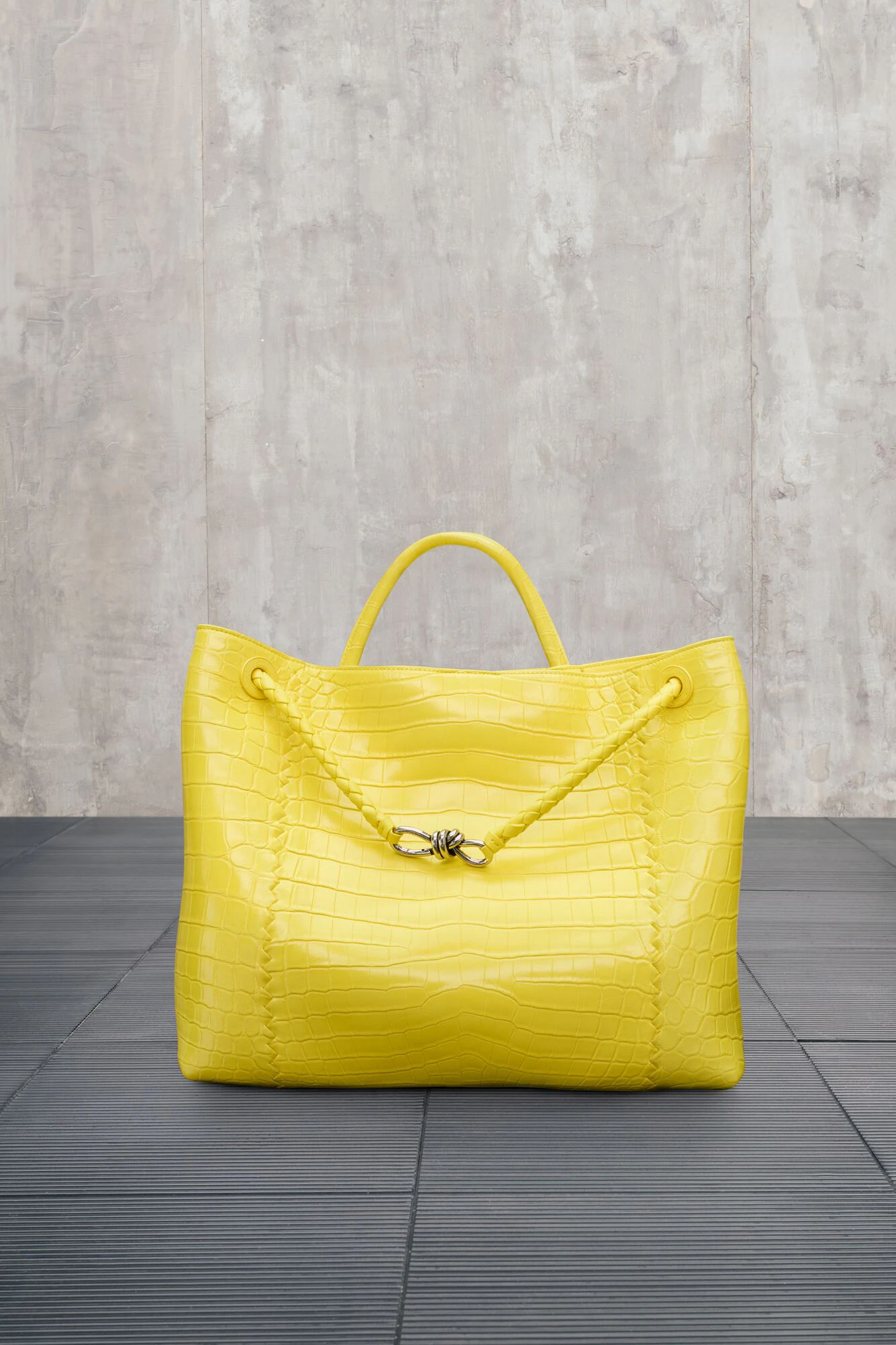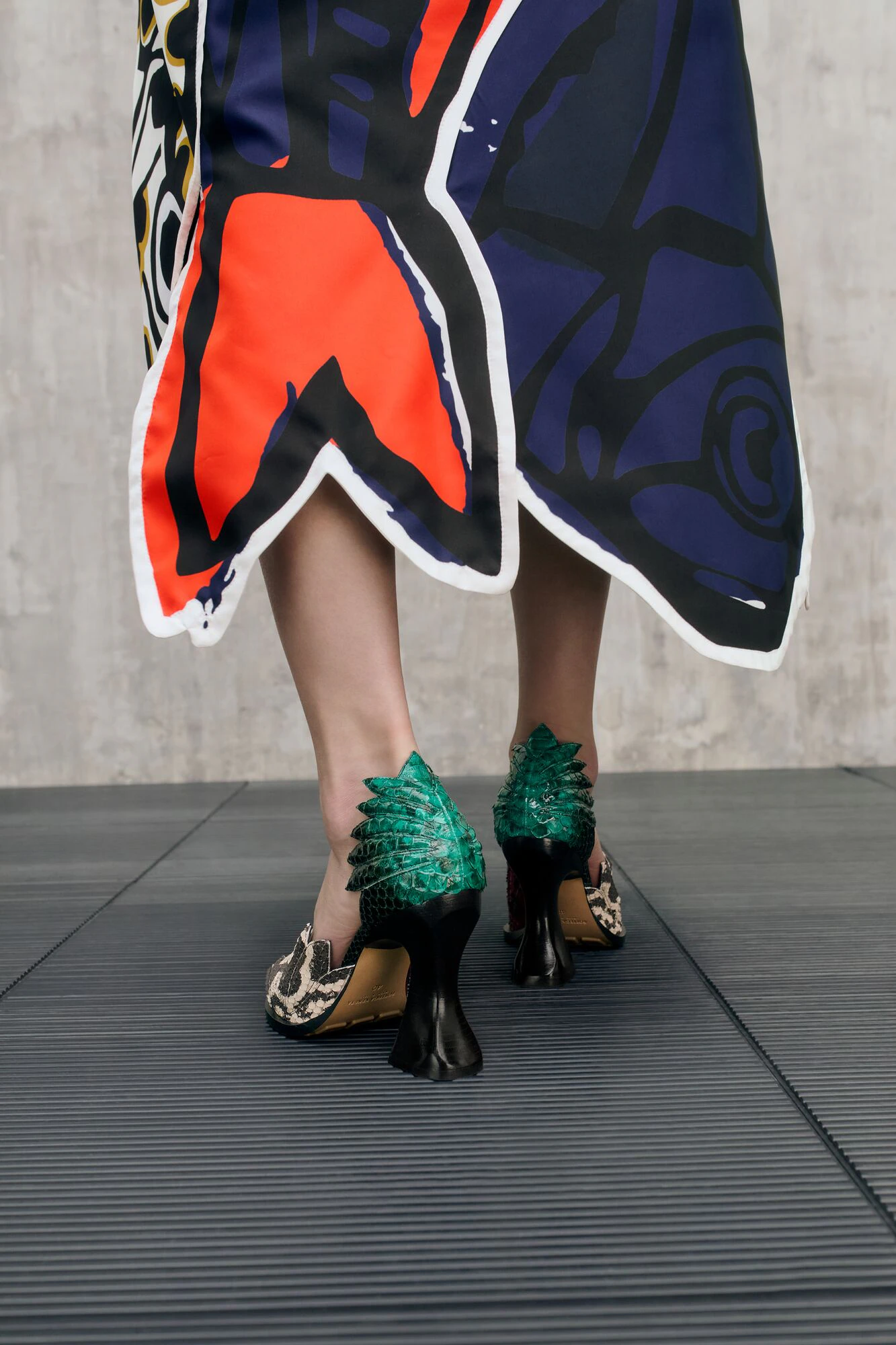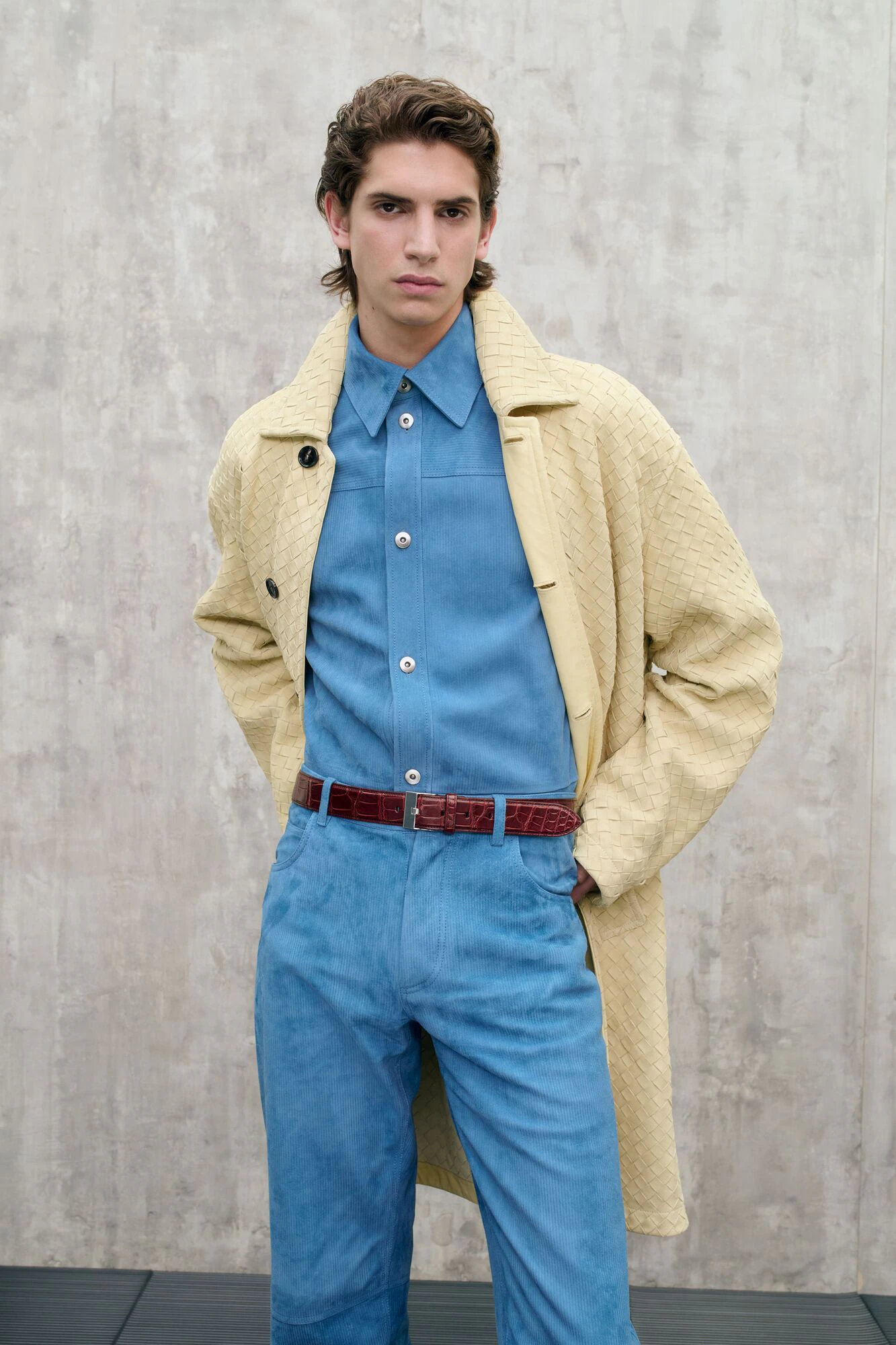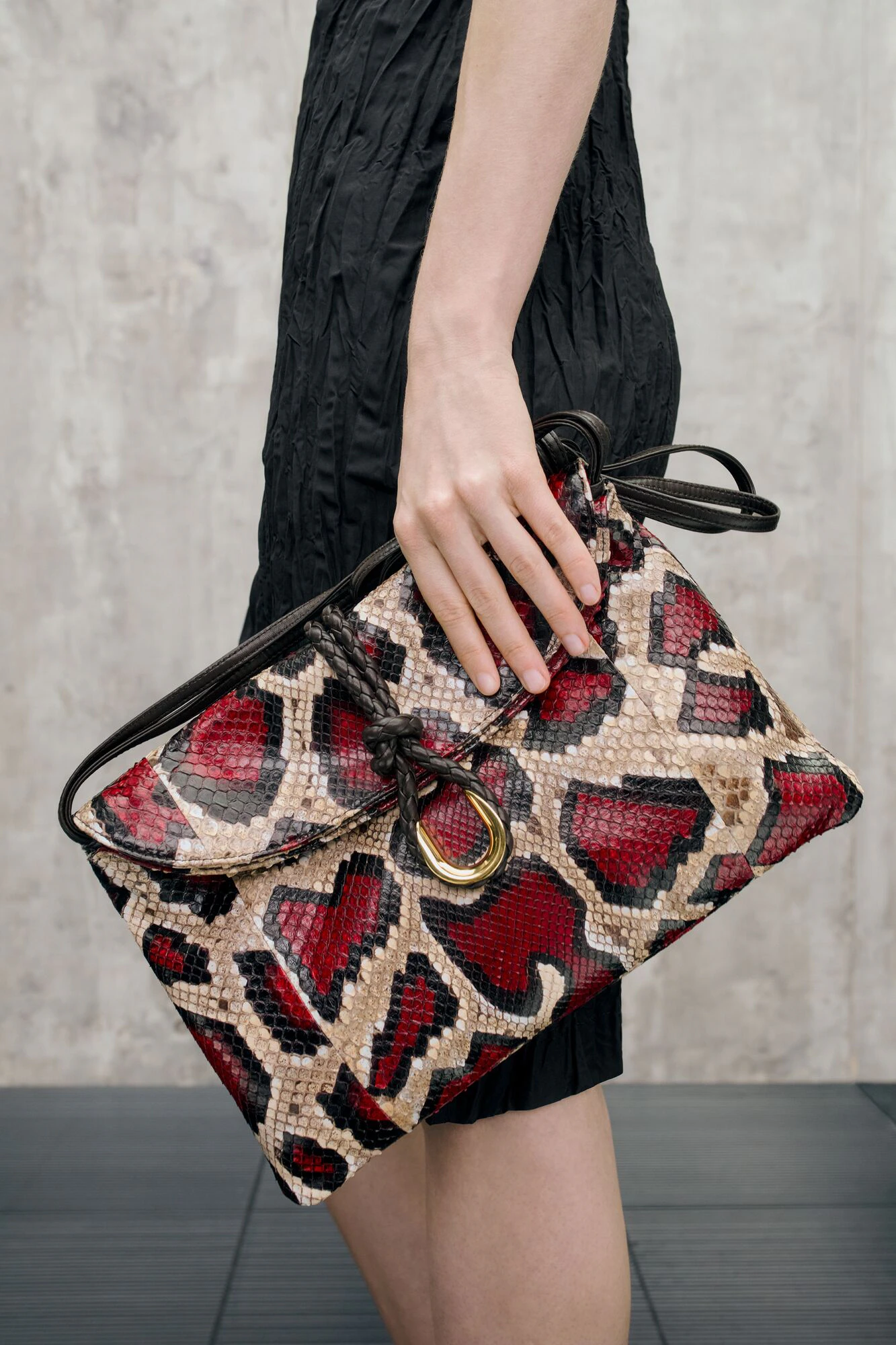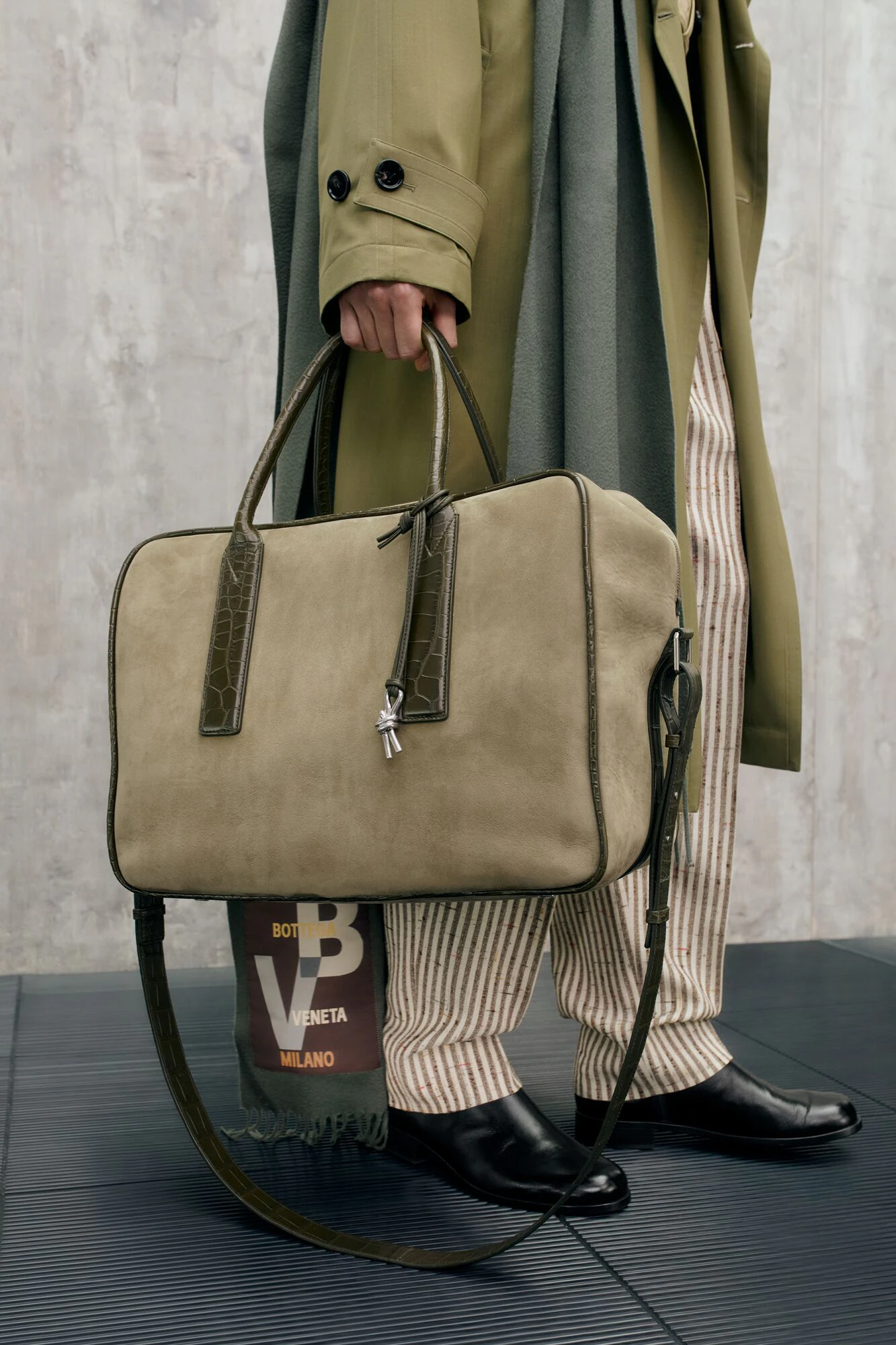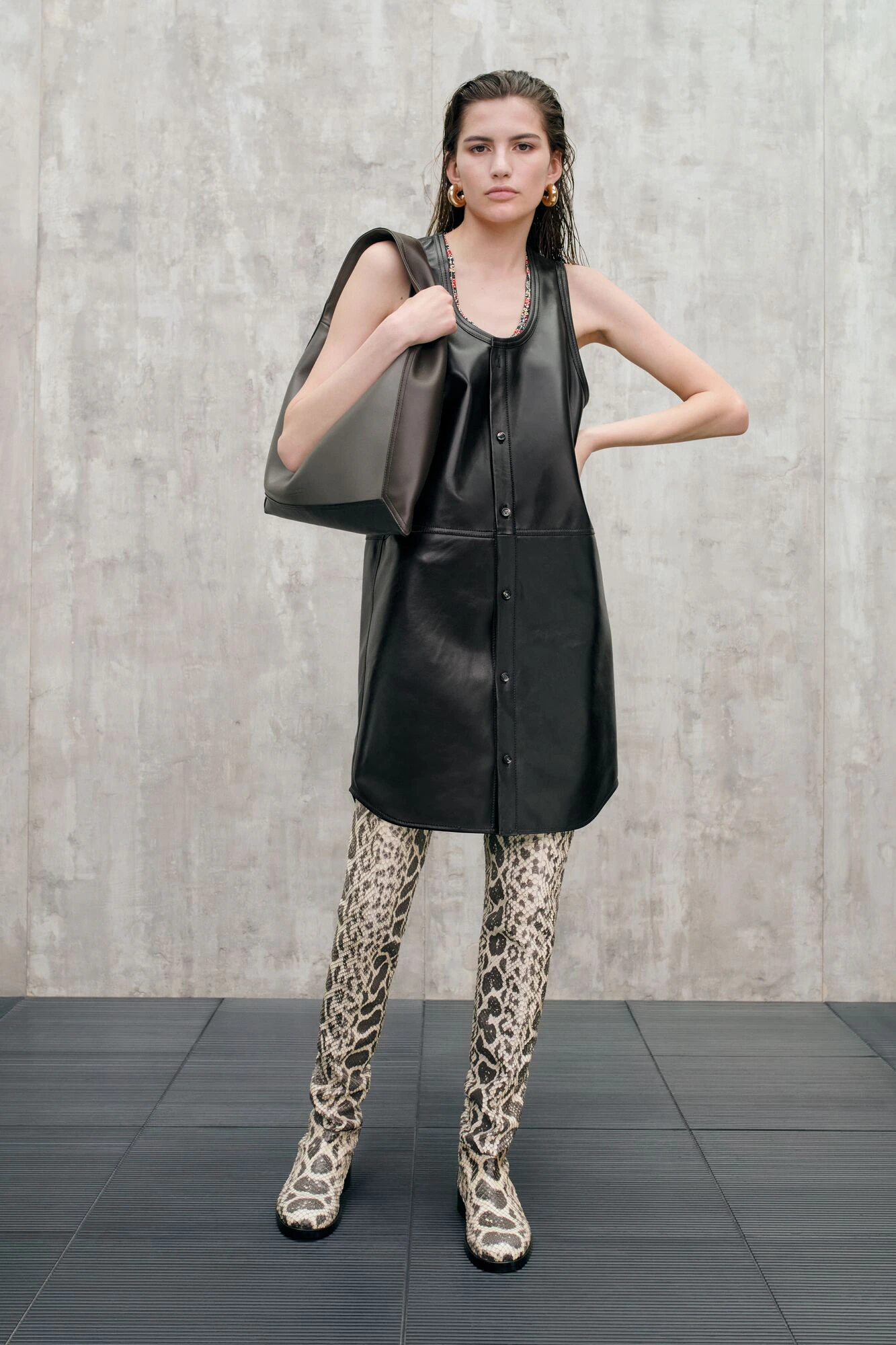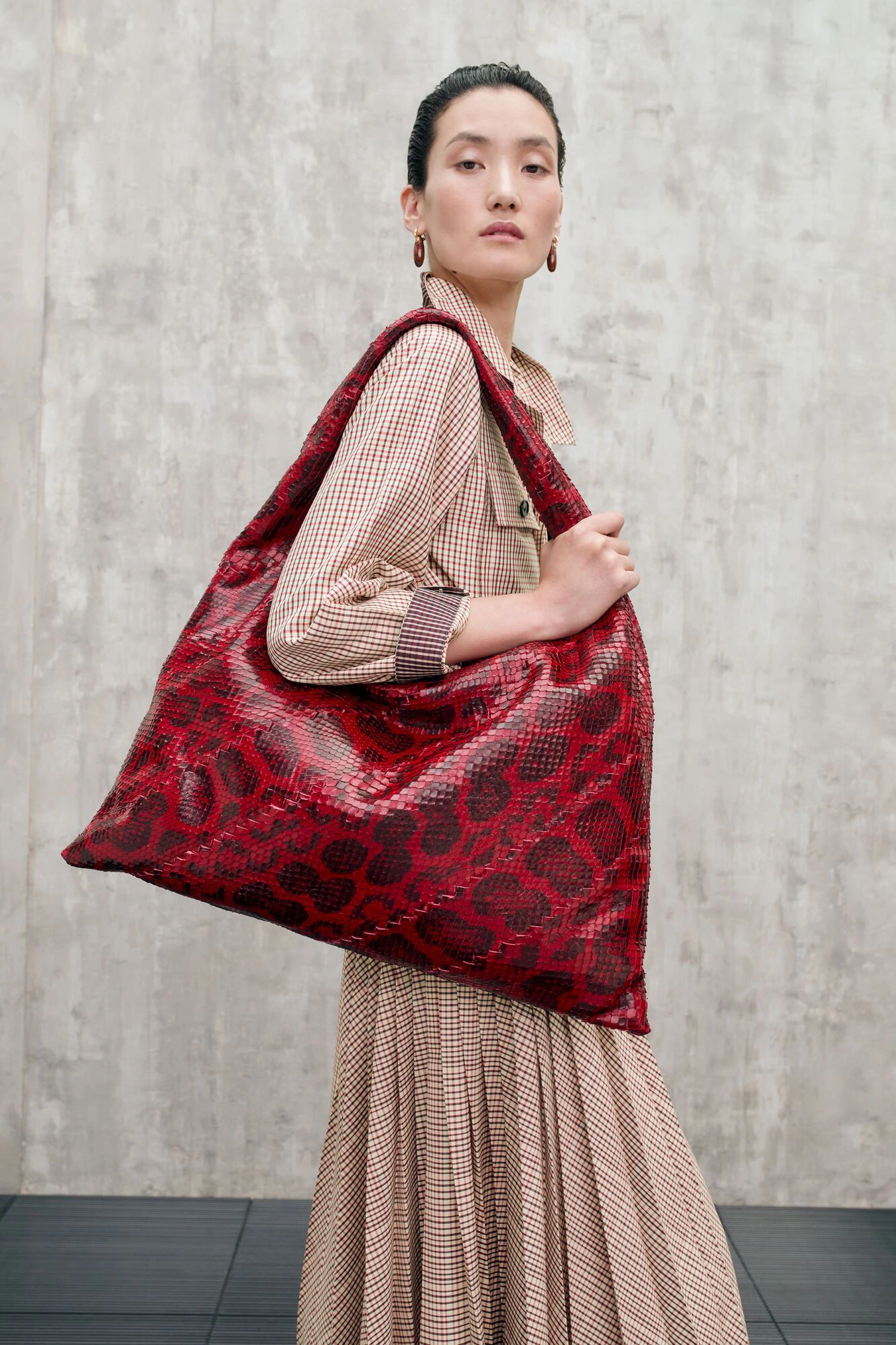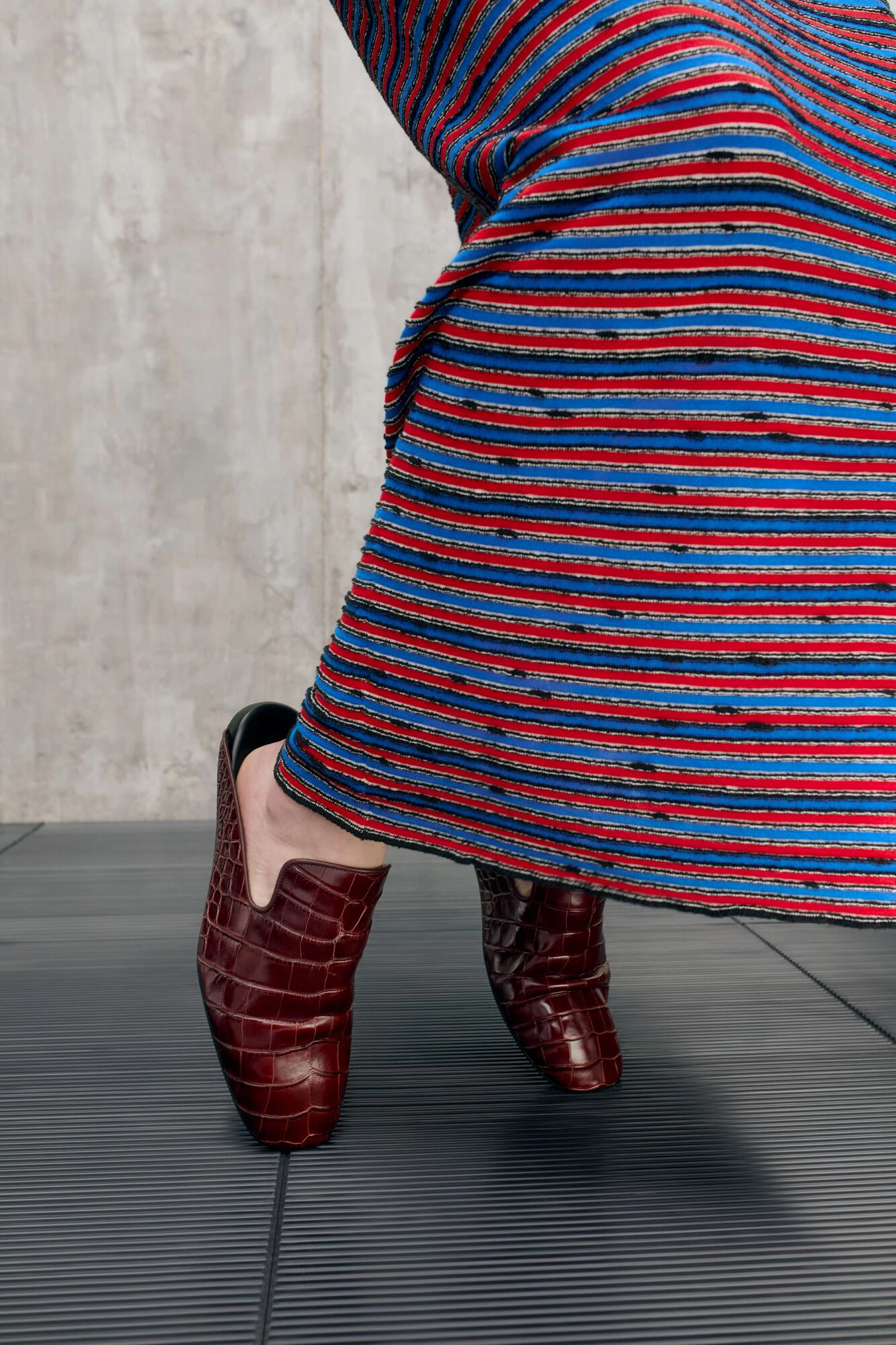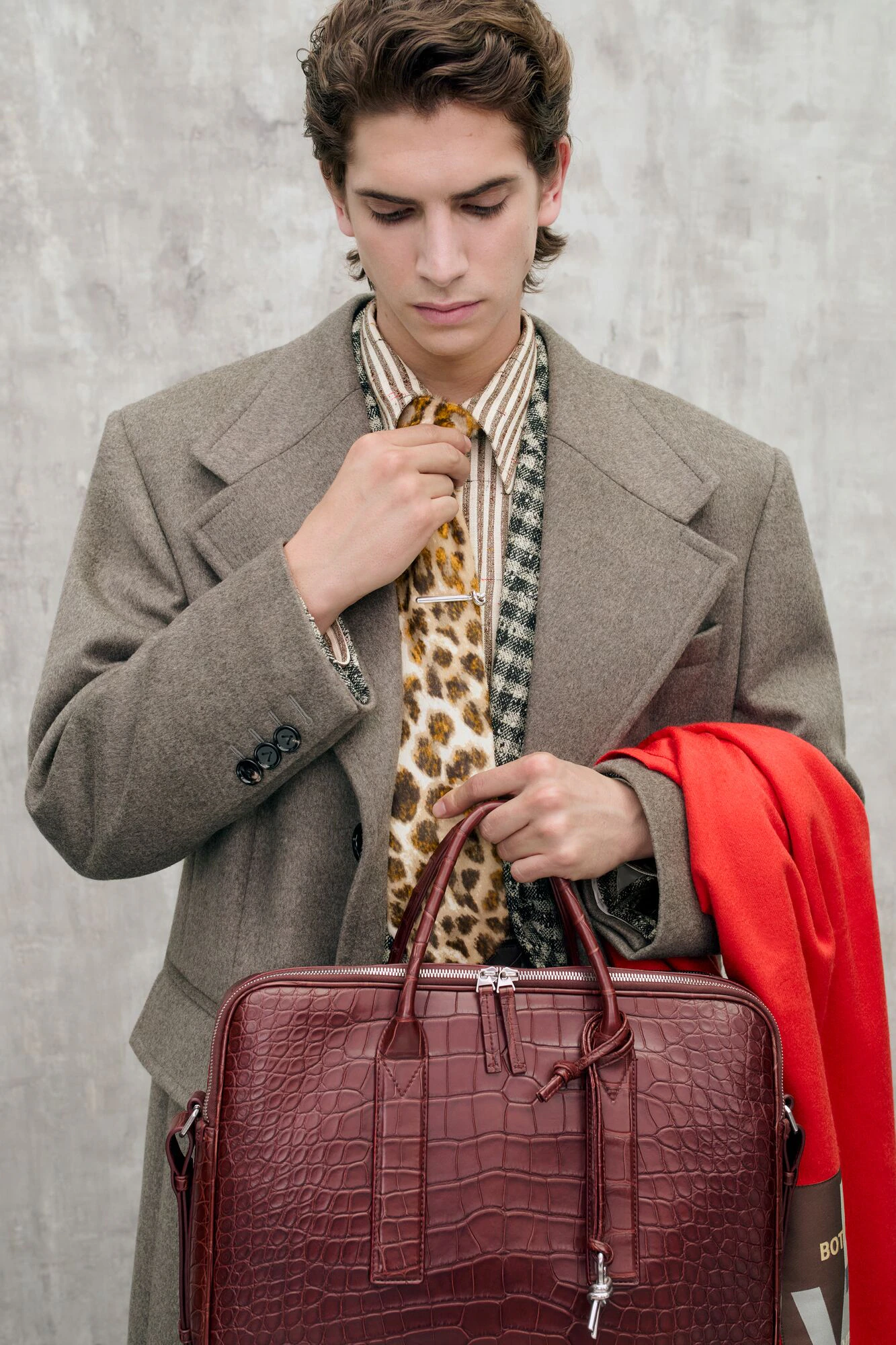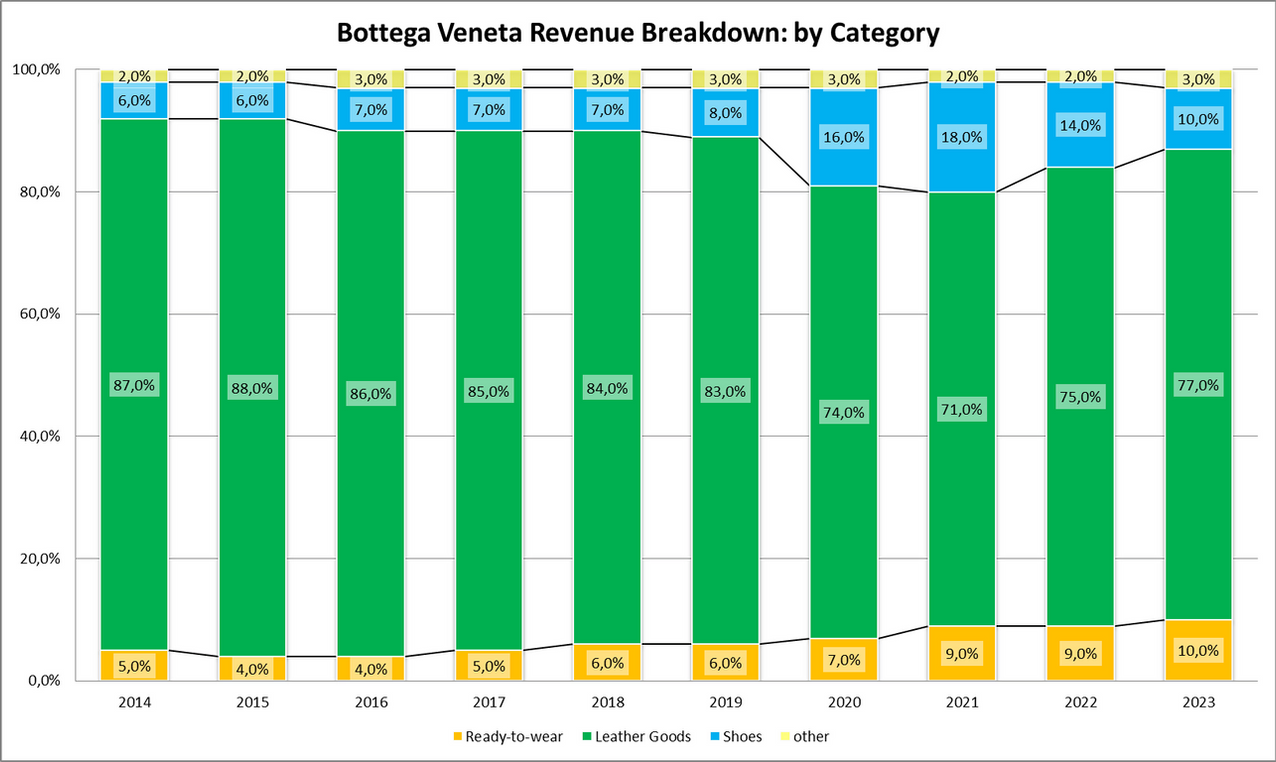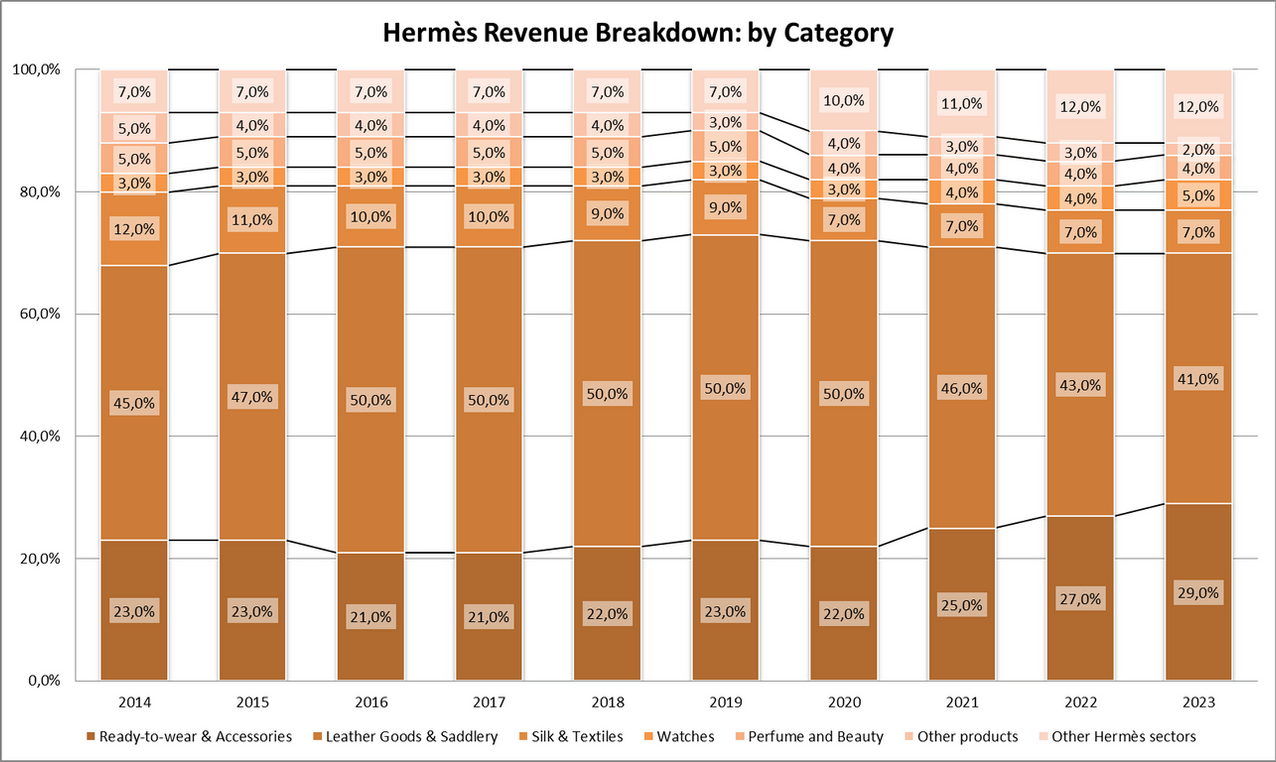Looking through Bottega Veneta’s newly released Resort 2025 lookbook, the first thing that caught my eye wasn’t the amazing styling. Almost every single outfit includes something made from exotic leather. Crocodile, snakeskin—you name it.
As the “bright spot” in Kering Q3 2024 earnings report, it’s mentioned on the brand’s presentation card that one of the reasons for its strong performance is:
“Increased AUR and expansion into a higher-end client segment”

To me, this explains the direction of the Resort lookbook, which seems aimed at affluent shoppers seeking exclusive products.
📌But what are the downsides of an excessive focus on exotics in a lookbook?
• Alienating Broader Audiences:
The brand risks alienating younger or aspirational consumers who may not yet have the purchasing power for such high-end, exotic items. This could limit long-term brand growth, as luxury brands often rely on building a broader audience that aspires to become loyal customers over time.
I’ve mentioned before that I don’t believe in the sustainable growth of a fashion brand by relying too heavily on any one particular category, whether it’s a product category or a customer segment. Such growth can only be achieved by diversifying exposure.
• Narrowing Brand Appeal:
An overemphasis on exotic materials can result in an overly narrow identity, making the brand feel inaccessible and unapproachable.
The shift towards exotics further narrows the brand’s already heavy reliance on leather goods, which made up 70% of total brand revenue in 2023. For comparison, leather goods accounted for 41% of total revenue for Hermès in 2023.
• Sustainability & Ethical Concerns, Along with Potential Negative Publicity:
As awareness of sustainability grows, consumers—including affluent ones—are increasingly drawn to brands with ethical practices. A heavy reliance on exotic materials could damage the brand’s reputation, making it seem disconnected from shifting consumer values towards ethical and sustainable luxury.
I’m on the side of those concerned and choose not to wear exotics or fur, though I respect others’ right to make their own choices. Let’s just say that while I admire certain pieces from recent RTW collections, this lookbook left me feeling confused and questioning the brand’s values.
How Could This Have Been Done Better?
A more targeted approach in showcasing these items. For example, I’ve never seen so many exotics as I have in Harrods which is clearly geared towards top spenders. Or consider certain markets (like the Middle East), where such items might be perceived in a more favorable way.
